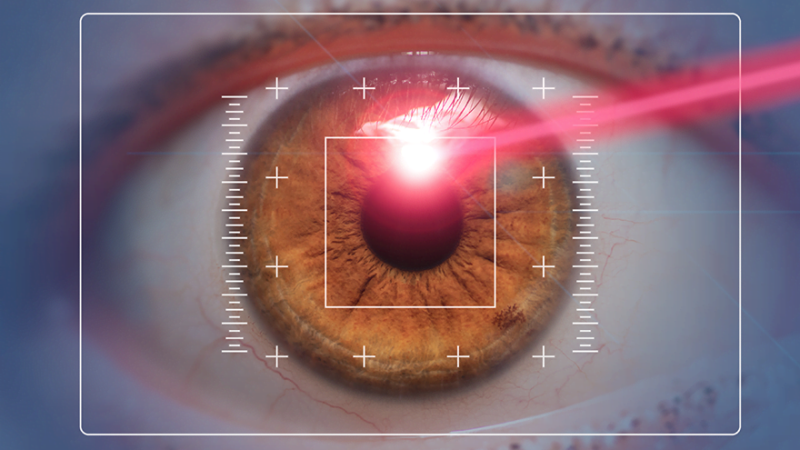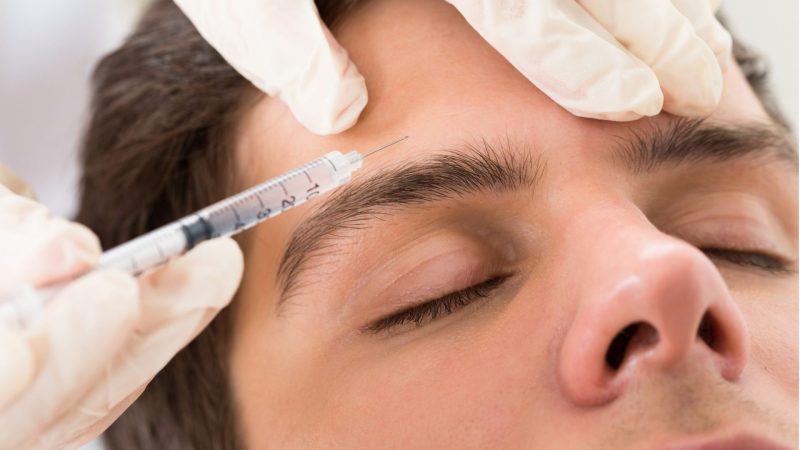ANA Test: Purpose, Preparation, Timing, and Cost

What is ANA Test?
Antinuclear antibodies, a type of autoantibody, are found in your blood by the ANA Test, also known as the antinuclear antibody test. These antinuclear antibodies destroy cells by explicitly attacking the nucleus of the cell. While the immune system often produces antibodies to defend against outside invaders, it occasionally misidentifies the body’s own cells as potential threats.
Antinuclear antibodies react with elements of the healthy cells that make up the body. This can cause weariness, joint discomfort, and organ inflammation. While some ANA is normal, having an excessive amount of these proteins indicates an ongoing autoimmune illness. The ANA Test cost varies from one city to another.
History of the ANA Test
While observing a patient with systemic lupus erythematosus in 1948, Hargraves and colleagues discovered the ANA test. Following this, other research utilizing immunofluorescence test techniques was carried out on mice and rats, and Western blot and ELISA techniques were used in only a few experiments. However, ANA testing began using HEp-2 cells (human epithelial laryngeal carcinoma type 2) in the middle of the 1970s.
Why is the ANA Test conducted?
The ANA test serves as the basis for autoimmune disorder diagnosis in general and connective tissue autoimmune disorder diagnosis in particular. An autoimmune disease that affects the connective tissue in our bodies is known as a connective tissue autoimmune disorder. Systemic lupus erythematosus, rheumatoid arthritis, and other conditions fall under this connective tissue autoimmune disorder. Rheumatoid arthritis is the most prevalent of all of these.
The ANA test aims to quantify the level of autoantibodies or antinuclear antibodies in the suspected patient’s serum. Your doctor may advise an ANA test if you experience symptoms, including joint pain, muscular discomfort, stiffness, fatigue, or rash. However, one should remember that this is merely a screening test, and if the results are positive, there is no need to be concerned. Doctors will prescribe other tests to confirm the presence of suspected autoimmune disorders in addition to the clinical diagnosis.
What symptoms are associated with ANA Test?
If you exhibit any of these signs, your doctor will advise an ANA test:
- Discomfort, stiffness, or swelling in the joints or the muscles
- Tiredness
- Sensitivity to light
- Weakness
- Frequent and prolonged fever
- Rashes
- Hair fall
- Your hands and feet are tingling and numb
An ANA test might help your doctor understand your symptoms or diseases by ruling out other possible disorders, even if it may not always confirm a specific diagnosis.
What are the preparations involved with the ANA Test?
No additional preparation is needed for the ANA test, which is very similar to a blood test. You can go to a nearby diagnostic facility or call a medical practitioner to collect a blood sample.
A medical expert would wrap an elastic band around your arm. After that, the area will be cleaned, where the blood will be extracted. The blood will now be gathered in a tube using a syringe. The syringe is removed once the required blood gets collected, and the band is removed afterward.
The patient is then given cotton and instructed to press the area where the blood is being drawn. The patient is advised to take a short break because they may feel lightheaded. The patient is now instructed to wait until the findings are out. Fasting is not required for the ANA test; however, it may be essential if you do another test simultaneously, depending on the requirements.
Which risk factors are related to the ANA test?
The risk of the antinuclear antibody test is small, essentially nonexistent. Since the blood sample for this test is taken from a vein, you might suffer slight pain or bruising where the blood was taken or the needle was put. You won’t likely experience fatigue or exhaustion following the blood tests because only a tiny amount of blood gets collected throughout the procedure. Following the blood test, most symptoms go away within a few hours.
What outcomes of the ANA test are possible?
The antinuclear antibody test can have one of the following outcomes:
- Positive: A positive result shows that you are experiencing an autoimmune condition that causes your blood to contain antinuclear antibodies. Antinuclear antibodies may occasionally get detected in the blood of a healthy person. Your drugs may occasionally have an impact as well. If your ANA test results are positive, your doctor will advise a few more tests. This is particularly true if you exhibit fatigue, joint and muscle discomfort, or fever.
- Negative: The fact that your body isn’t creating antinuclear antibodies is a negative outcome.
How much does an ANA test cost?
In India, the ANA test cost or ANA profile test typically ranges from Rs. 500 to Rs. 900. However, it can vary depending on the area, diagnostic facility, or pathology lab.
Conclusion
The body’s immune system creates ANA, or antinuclear antibodies, against itself, specifically the nucleus (and the cytoplasm). One of the most important tests for assessing patients with suspected connective tissue conditions, also known as ANA-associated rheumatic disorders, has been used for nearly 50 years and is still utilized today (AARDs). The ANA test can help determine whether autoantibodies are present in your blood, even though it is not a confirming diagnostic for any disease.
Read More Healths Blogs:
https://usatimesmagazine.com/what-you-need-to-know-asma-test/
https://abc1world.com/what-a-homocysteine-test-says-about-your-health/






